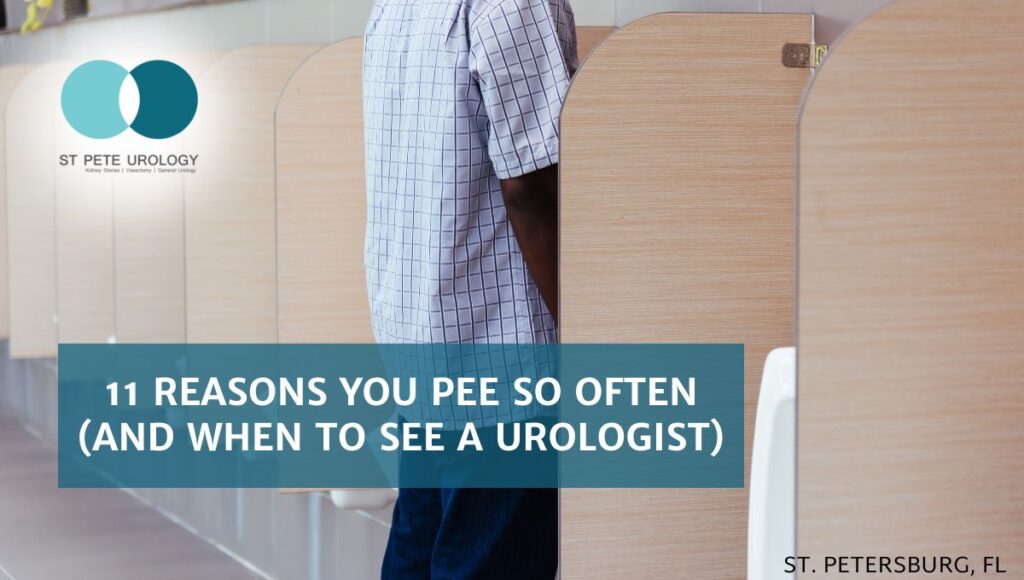Overactive Bladder (OAB) is characterized by an uncontrollable urge to urinate, a frequent need to pass urine during the day and night, accidental urine leakage, and inability to get to the bathroom in time due. This condition greatly affects quality of life by having life revolve around uncontrollable urination problems. Those afflicted avoid social functions due to fear of urine leaks, foul smell and embarrassment, wake up too many times at night to urinate, stay home to avoid public shame, or reduce food and liquid consumption to avoid triggering bladder spasms. While there are several treatment options for OAB that include medications and pelvic floor exercises, a number of patients either do not respond to these treatments or find them intolerable. For such patients, InterStim therapy offers the best hope for controlling the bladder, relieving symptoms and improving quality of life.
How Does the InterStim Procedure Relieve Overactive Bladder?
InterStim therapy is a proven, minimally invasive treatment for overactive bladder. It helps to relieve the symptoms of OAB by delivering electrical impulses to the sacral nerves (found in the tailbone area), modifying abnormal reflexes in the pelvic and sacral nerves of the pelvic floor and bladder, and altering abnormal communications between the brain and bladder. The InterStim device is implanted under the skin around the location of the sacral nerves (upper buttock) so that mild electrical impulses are generated for stimulating the sacral nerves, correcting malfunctioning nerves and improving bladder control. In fact, InterStim therapy interrupts the abnormal signals transmitted in people with overactive bladder and reduces episodes of urinary incontinence.
Why is InterStim Therapy Effective against Overactive Bladder?
Unlike other therapies, the effectiveness of InterStim therapy can be assessed by physicians and patients through a test evaluation stage before commitment to long-term therapy. Roughly 80% of patients who undergo test evaluation have a successful response and can proceed to have the InterStim device implanted. According to studies, patients with successful trial stimulation will experience 50%-90% improvement in overactive bladder symptoms after the implant has been placed. In fact, people with overactive bladder have reported significant improvements in the number of incontinence episodes per week, with the majority of patients being completely free of incontinence after InterStim therapy. There is also a major reduction in the number of times patients urinate per day after treatment, while almost all patients report improvement in quality of life after InterStim procedure.
InterStim therapy is minimally invasive in nature and completely safe and reversible. Therefore, the patient can discontinue it any time it fails to meet expectations. It also does not prevent the use of alternative treatments and can easily be combined with any other treatment for a better outcome. If you or your loved one is suffering from overactive bladder and find other treatments ineffective or intolerable, do not hesitate to ask your urologist about InterStim therapy. For more information on treating urological problems, visit St Pete Urology.





